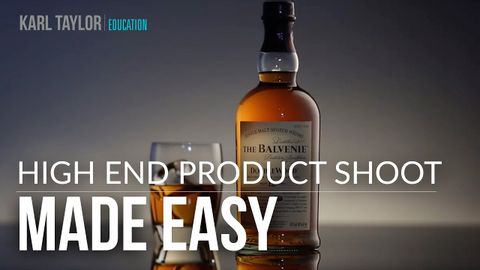
字幕と単語
カール-テイラーのハイエンド製品の撮影 - 簡単に作られた (Karl Taylor's Hi-End Product Shoot - Made Easy!)
00
tsc0605 が 2021 年 01 月 14 日 に投稿保存
動画の中の単語
position
US /pəˈzɪʃən/
・
UK /pəˈzɪʃn/
- n. (c./u.)見解 : 態度;位置;(スポーツの)位置 : ポジション;役職;状況 : 情勢;有利な立場
- v.t.位置づける : 置く;置く
A1 初級TOEIC
もっと見る エネルギーを使用
すべての単語を解除
発音・解説・フィルター機能を解除
